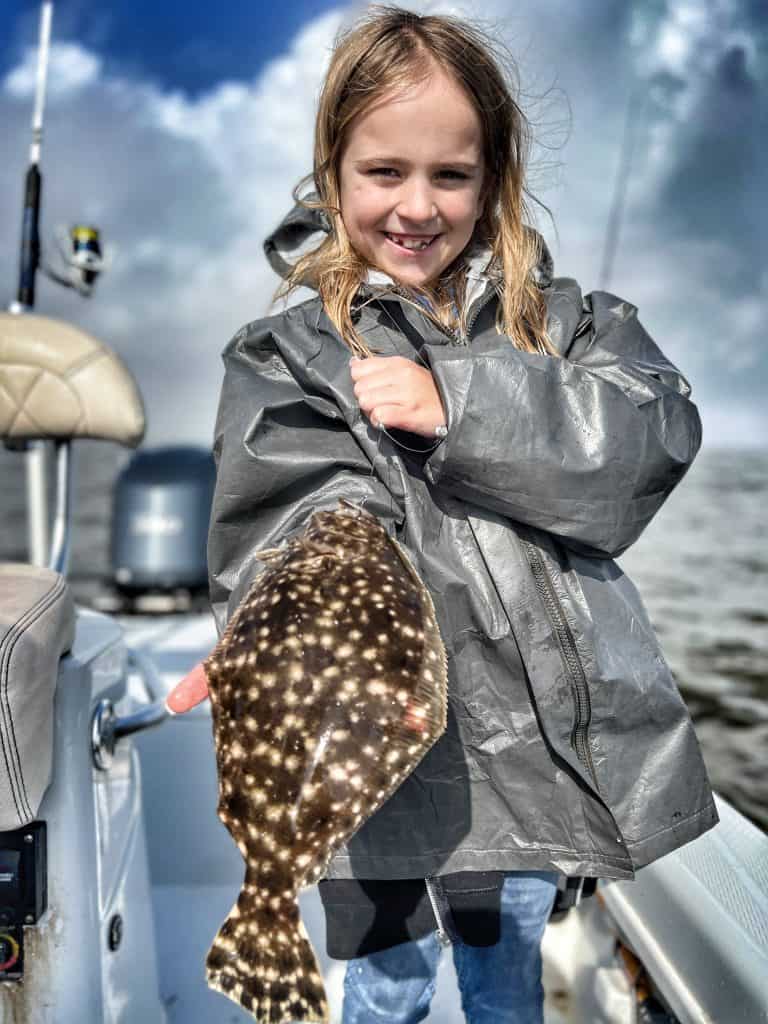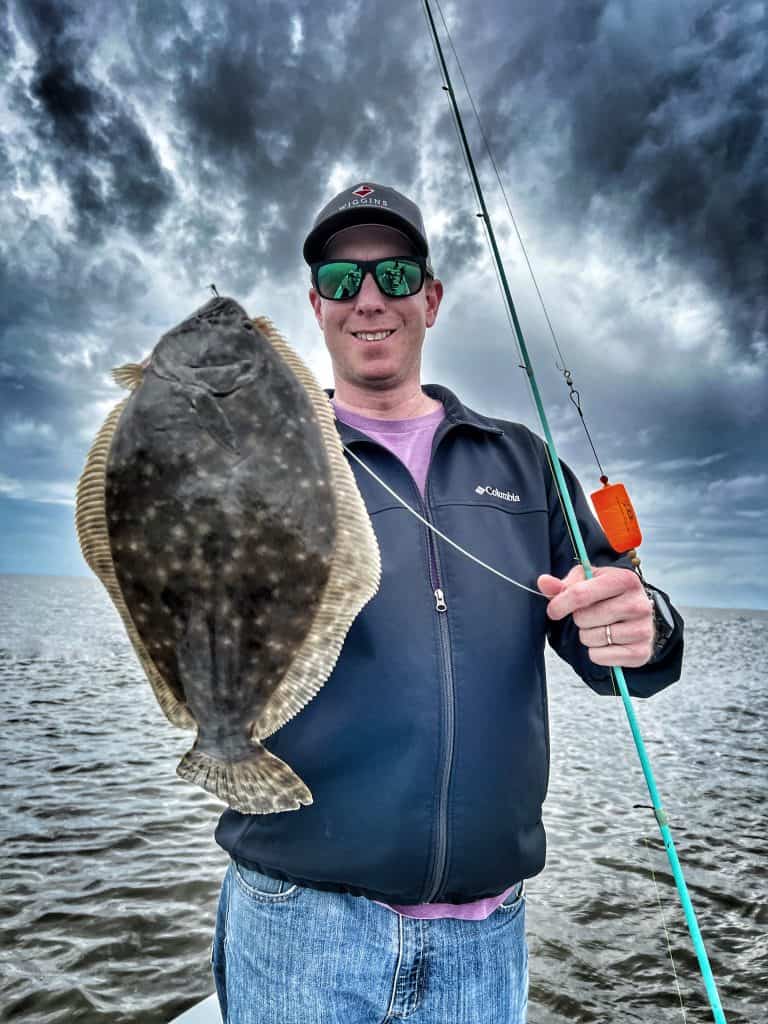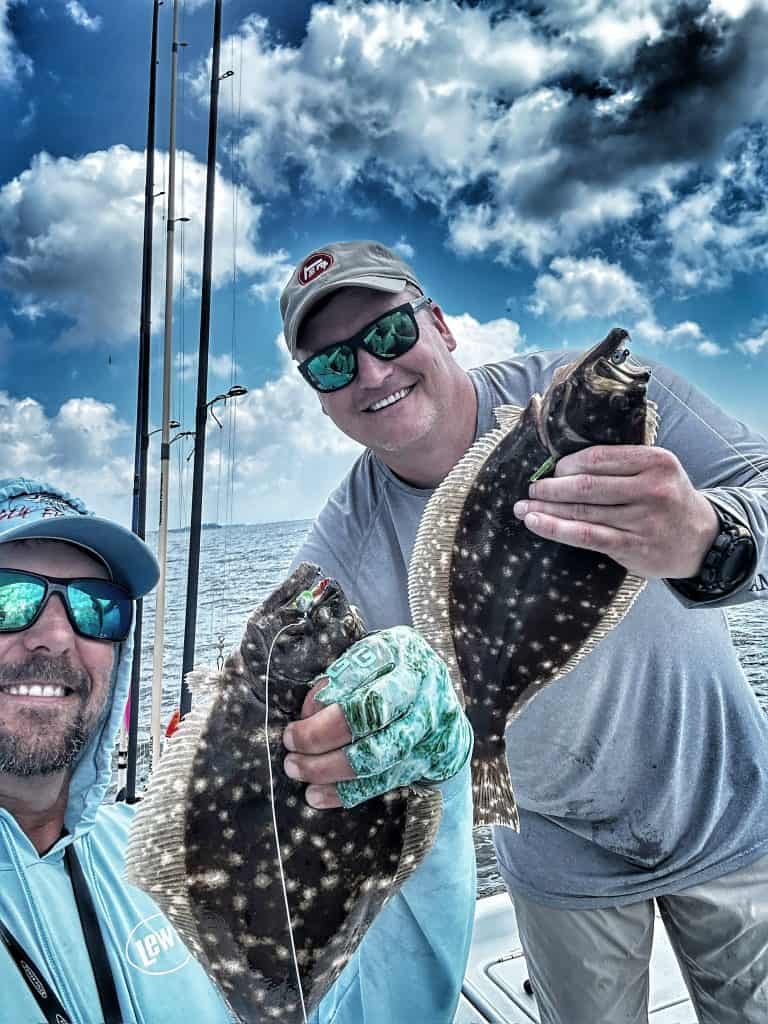Mastering the Art of Flounder Fishing: 5 Tips for a Successful Summer

As an avid angler and fishing guide, I wanted to share some valuable tips with you on how to improve your flounder fishing game this season. Flounder fishing can be incredibly rewarding, and with a little know-how, you can enhance your chances of reeling in those prized flatfish. So, without further ado, here are five tips to help you catch more flounder this summer:

- Choose the Right Location: Flounder are known to inhabit certain areas, so selecting the right fishing spot is crucial. Look for shallow coastal waters, estuaries, and sandy, shell or muddy bottoms where flounder tend to hide and feed. Additionally, keep an eye out for structures such as jetties, piers, and submerged vegetation that provide cover and attract flounder.
- Optimize Your Gear: Utilizing the appropriate fishing gear is paramount when targeting flounder. Opt for a medium to medium-heavy rod with a sensitive tip to detect subtle bites and movements. Spinning reels are popular but bait caster set ups work well for flounder fishing due to their versatility. Use a braided fishing line with a mono or fluorocarbon leader to maximize your chances of a successful hook-up.
- Master the Art of Presentation: Flounder are ambush predators that lie in wait for their prey. Mimicking their natural food sources is key to enticing a strike. Try using live bait such as mullet, pogies, shrimp, or bull minnows. Alternatively, soft plastic lures like paddle tails, curly tails, and my favorite any of the slick lure lures. Natural colors can be effective but I really like Chartreuse, hot pink, white or florescent orange.
- Timing is Everything: Flounder tend to be more active during specific periods of the day. Dawn and dusk are prime times to target these elusive fish, as they often move closer to the shallows to feed under the cover of low light conditions. Additionally, pay attention to the tide. Flounder are commonly caught during the incoming and outgoing tides when they move in search of prey.
- Patience and Persistence: Flounder fishing can require a good amount of patience, as it may take time to locate their preferred areas and trigger a bite. Don’t be discouraged if you don’t get immediate results. Experiment with different techniques, adjust your presentation, and keep exploring different spots until you find the hotspots. Once you find one you may find several more in the same general area.
Remember, practice makes perfect. The more time you spend on the water, the more experience you gain, and the better your chances of catching that trophy flounder. Stay observant, adapt to changing conditions, and enjoy the process of learning and improving your skills.
I hope these tips help you have a fantastic summer of flounder fishing. May your lines be tight and your nets be full of success! Feel free to reach out if you have any further questions or need more advice.
If interested in learning more about flounder fishing first hand from Captain Taylor . Click Here to check availability and book online. Keep what you need and release the rest.

